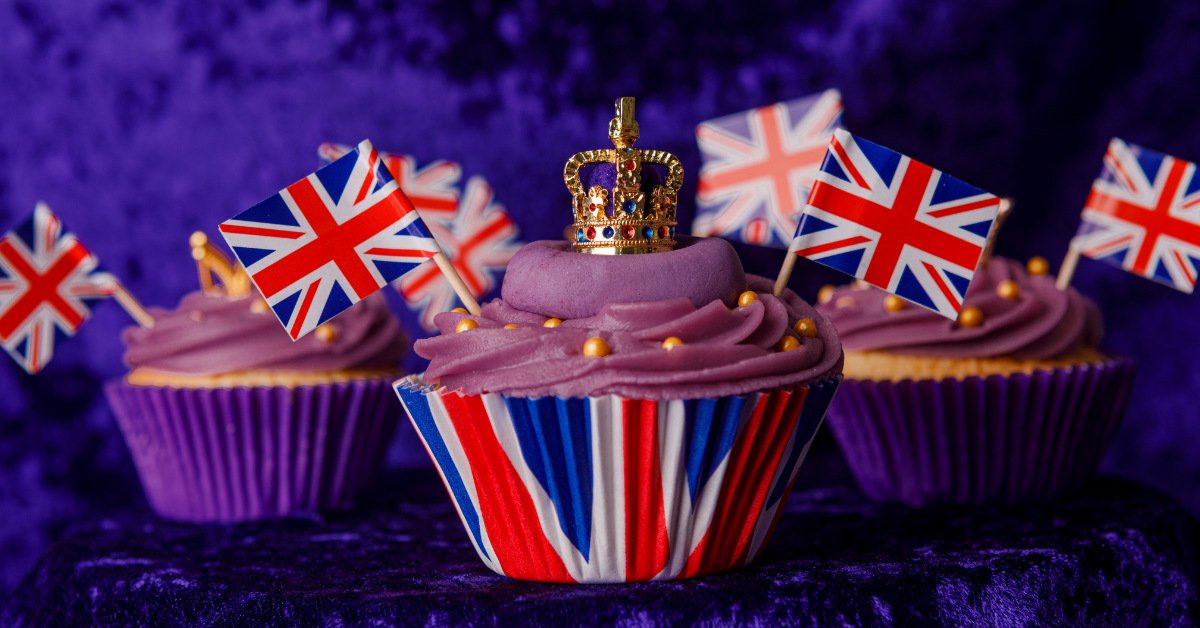Tag: Coronation
Amidst the excitement of the coronation of King Charles III, Dr Alasdair Raffe – Senior Lecturer in History – takes a look at the story of Scotland in it all. “Some aspects of the coronation of King Charles III on Saturday 6 May 2023 have been updated to reflect modern tastes – the oil with […]


